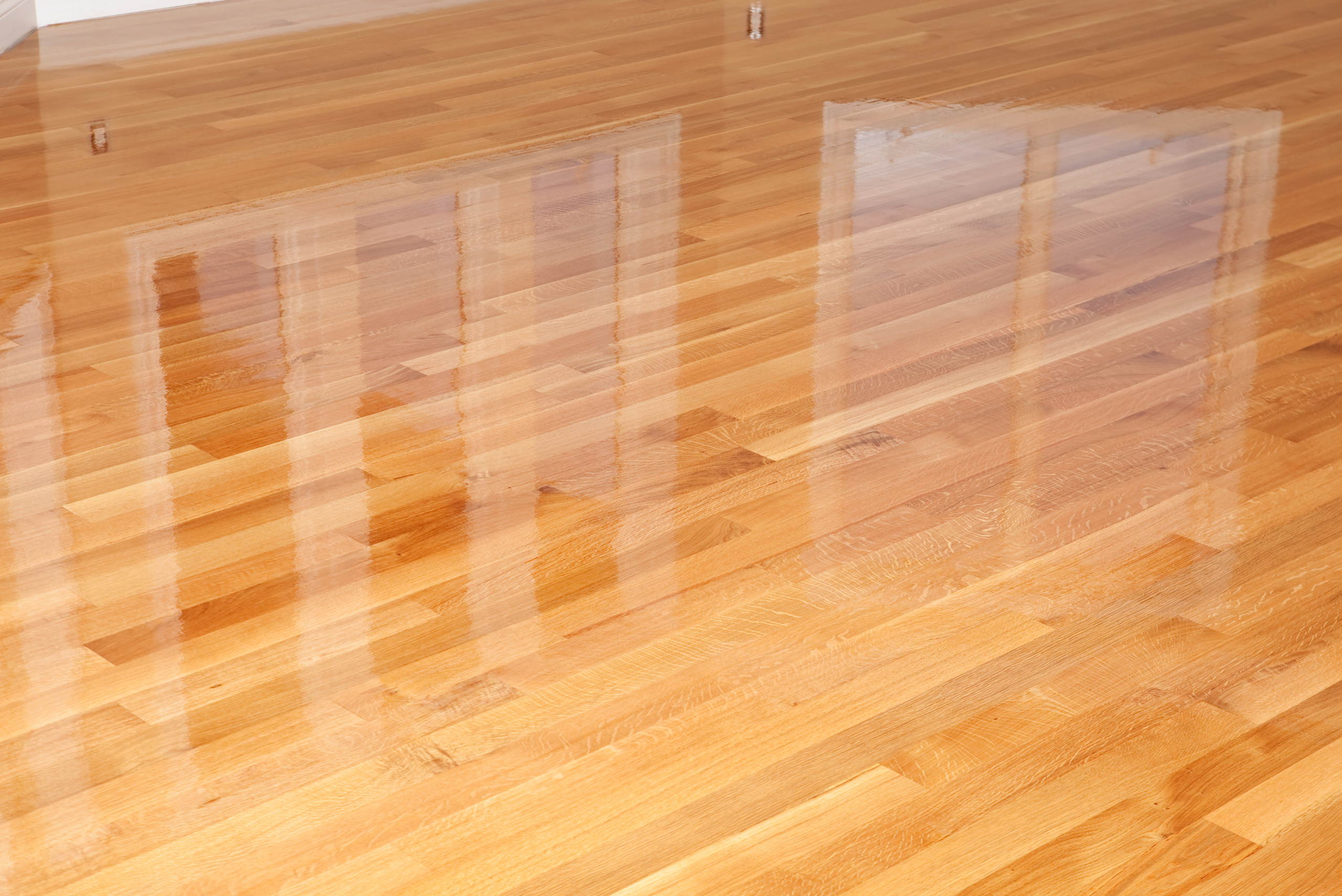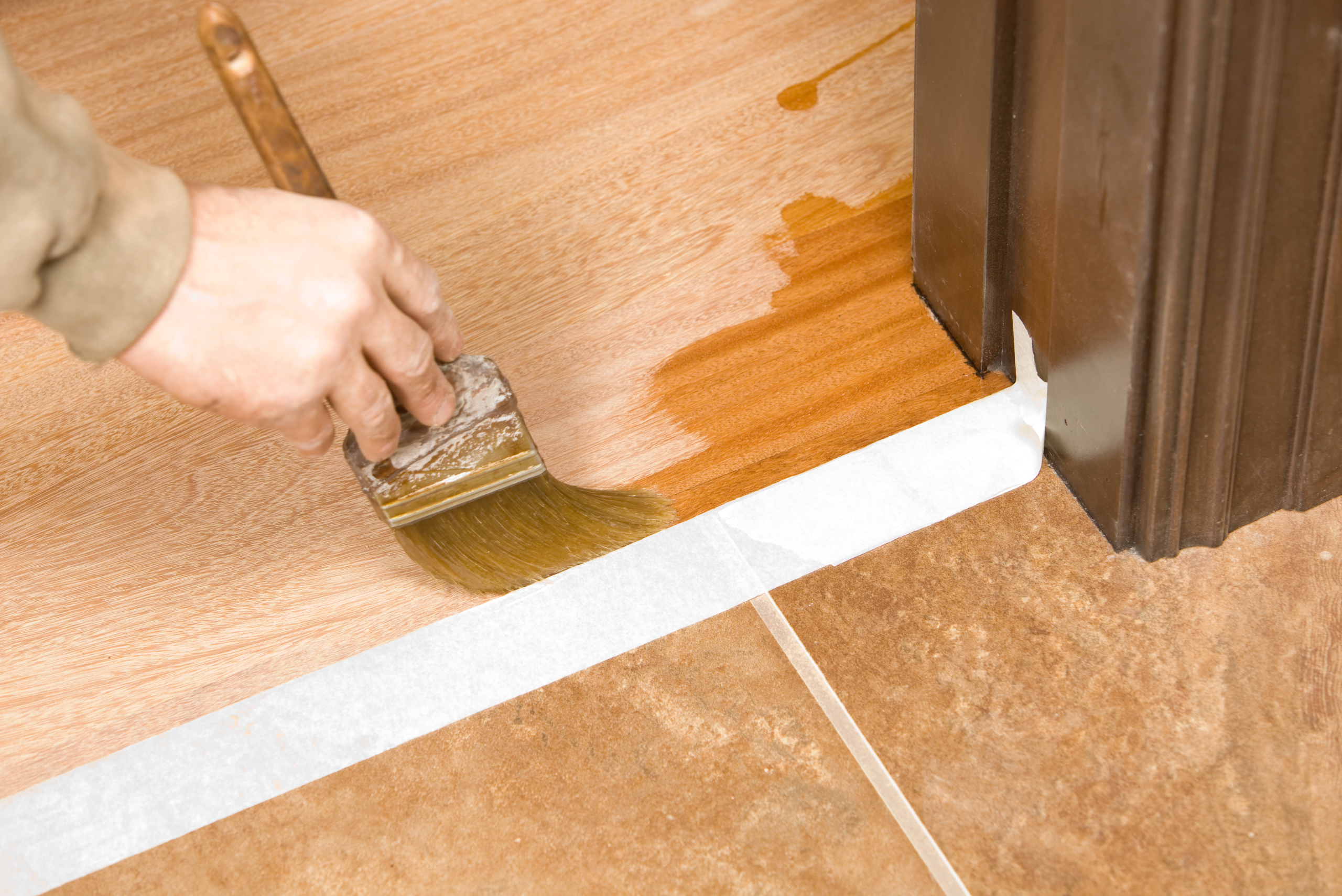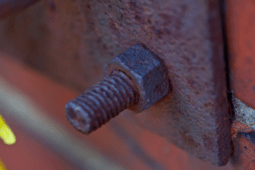Polyurethane vs Polycrylic – Choosing the Right Finish for Your Wood Projects
When diving into the world of DIY projects, choosing the right finish can make all the difference in the outcome of your work. Polyurethane and polycrylic might sound similar, but they bring their own unique benefits to the table.
Polyurethane, known for its durability, is a favorite among those looking to protect their projects from wear and tear. It’s perfect for items that will see a lot of use, offering a shield against scratches and general damage. On the other hand, polycrylic presents a water-based alternative that is easier to clean up and has a faster drying time, making it ideal for those who are looking for a quick turnaround on their projects.
Understanding the Basics of Polyurethane – Features and Applications
Diving deeper into the realm of finishes, it’s pivotal to explore the characteristics and uses of polyurethane, particularly when juxtaposed with polycrylic. Polyurethane, renowned for its durability, stands out as a formidable protector against wear and tear. This finish thrives not only in preserving the aesthetic appeal of wood surfaces but also in enhancing their resilience to water, heat, and chemical exposure. Its versatility allows it to be applied to a wide array of projects, from hardwood floors to intricate furniture pieces, making it a go-to choice for both DIY enthusiasts and professional woodworkers alike.

On the other hand, when considering polyurethane vs polycrylic, it’s essential to note that each has its unique set of advantages that are tailored to different project needs. Polyurethane, for instance, offers a robust finish that can withstand the rigors of heavy use, making it ideal for surfaces that see a lot of action. Whether it’s a dining table that hosts family gatherings or a coffee table that doubles as a footrest, polyurethane ensures longevity and beauty. Its application, while requiring a bit more finesse due to its thicker consistency, rewards with a lustrous, protective layer that celebrates the natural beauty of wood, solidifying its place in the world of wood finishes.
Exploring the Properties of Polycrylic – Advantages for DIY Enthusiasts
When delving into the world of DIY and home projects, understanding the nuances between finishes like polyurethane and polycrylic becomes crucial. Polycrylic offers a unique set of advantages that make it a favorite among DIY enthusiasts. Its water-based formula means it’s less odorous and easier to clean up than its counterpart, polyurethane. This aspect alone can turn a daunting task into a more pleasurable experience, especially for indoor projects where ventilation might be limited. Moreover, polycrylic dries quickly, allowing eager DIYers to move on to the next phase of their project without long delays.
Another standout feature of polycrylic is its clarity. Unlike polyurethane, which can impart a yellowish hue over time, particularly on lighter woods or surfaces, polycrylic remains clear. This ensures that the original color and grain of the wood are preserved, making it an ideal choice for projects where maintaining the natural aesthetic of the wood is paramount. Additionally, its durability makes it suitable for protecting a variety of surfaces against scratches and stains, further solidifying its position as a go-to choice for those looking to achieve professional-quality results with their home projects.
Comparing Durability and Ease of Use – Polyurethane vs Polycrylic
When it comes down to choosing between polyurethane and polycrylic for your next project, understanding their durability and ease of use is crucial. Polyurethane, known for its robustness, offers an incredible shield against scratches, making it ideal for areas that see a lot of foot traffic or heavy use. Its resilience makes it a popular choice for floors, tabletops, and other surfaces that endure a lot of wear and tear. However, it’s worth noting that polyurethane can be a bit more challenging to apply. It tends to run thicker, which means it requires a bit more finesse during application to avoid drips and brush marks.
On the flip side, polycrylic presents itself as a more user-friendly option. Its water-based formula not only makes cleanup a breeze but also reduces the odors typically associated with refinishing projects. While it might not offer the same level of durability as polyurethane, polycrylic still holds up well for light to moderate use. It’s a fantastic choice for projects like picture frames, side tables, or any other items that won’t be subjected to harsh conditions. Ultimately, when comparing polyurethane vs polycrylic, the decision comes down to the specific needs of your project—whether durability or ease of use takes precedence.
Practical Tips for Applying Polyurethane and Polycrylic in Your DIY Projects
When diving into your next DIY adventure, knowing whether to use polyurethane or polycrylic can really set the stage for a successful project. Both finishes offer their unique advantages, but it’s how and where you apply them that truly makes the difference. For instance, polyurethane is your go-to for projects that demand durability, like floors or outdoor furniture. Its thicker consistency adds a layer of protection that can withstand the elements and heavy foot traffic. However, polycrylic shines when used on indoor pieces, especially those light-colored or white finishes, as it doesn’t turn yellow over time.

Applying these finishes requires a bit of finesse to avoid drips, brush strokes, or a cloudy appearance. Always start with a clean surface, free of dust and grease, to ensure the smoothest application. For polyurethane, consider using a natural bristle brush to achieve that even coat, while a synthetic brush works best for water-based polycrylic, minimizing stroke marks. Remember, the key to a professional-looking finish is patience; allow ample drying time between coats and lightly sand for a flawless surface. Whether you choose polyurethane or polycrylic, each has its place in the DIY world, ready to bring your projects to life with a bit of practice and the right approach.
In essence, making the right choice between polyurethane and polycrylic boils down to understanding the needs of your project and the qualities of each finish. If you’re working on a heavily used dining table or a piece that will sit outdoors, polyurethane might be your best bet. Conversely, for quick projects, children’s furniture, or pieces that require a crystal-clear finish, polycrylic could be the way to go. Whichever you choose, remember that the success of your project not only depends on the quality of your workmanship but also on selecting the right finish to protect and enhance it.
Ready to start your next project? Join our DIY community to receive tool tips, how-to guides, and exclusive creative insights. Subscribe to the ManMadeDIY newsletter now!








![DIY Auto Detailing [10 Must-Haves for your Garage]](https://www.manmadediy.com/wp-content/uploads/sites/52/2021/03/car-sponge-81861-269x170.jpg)